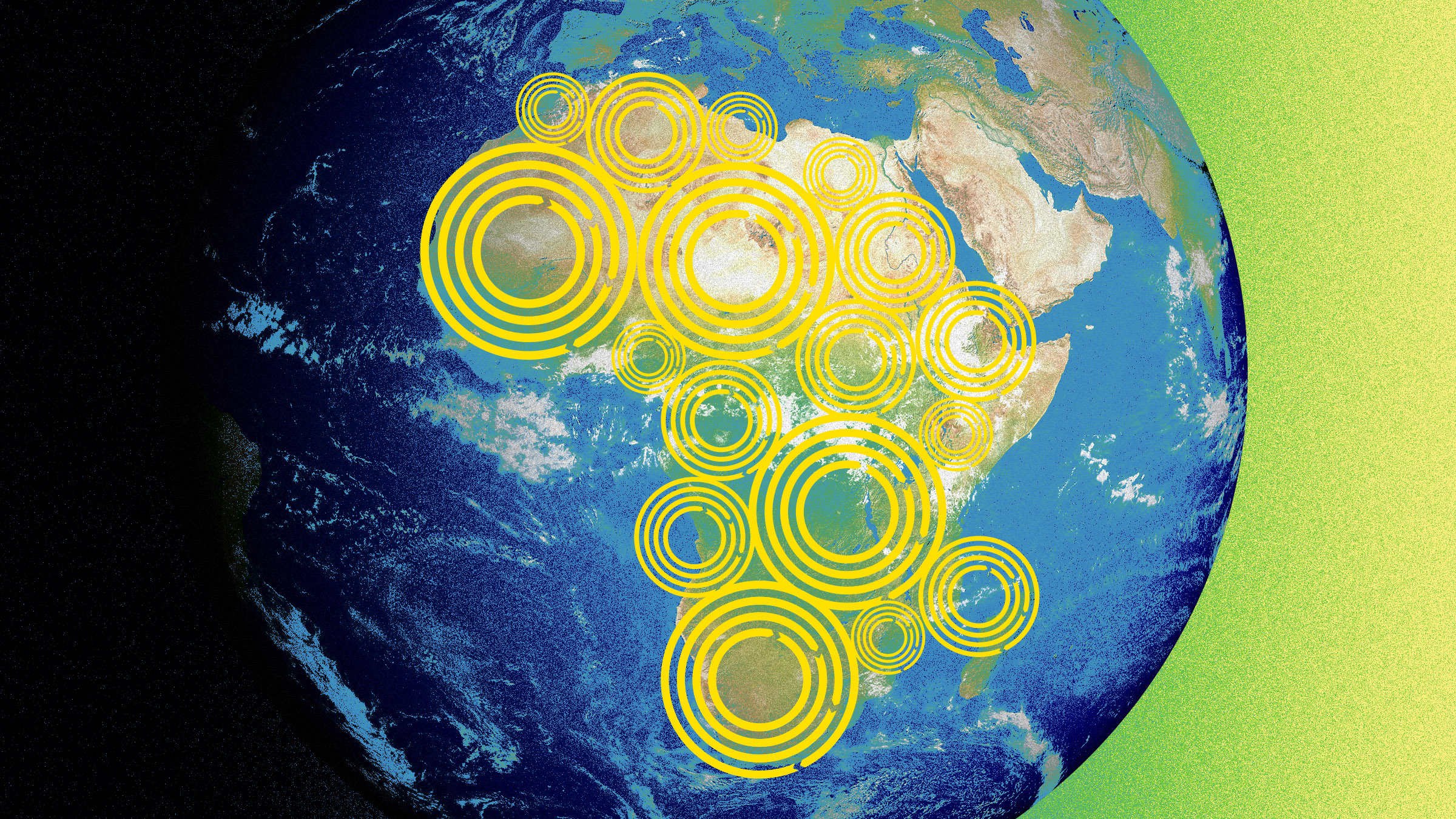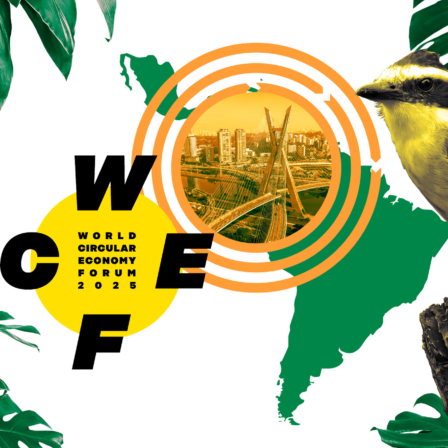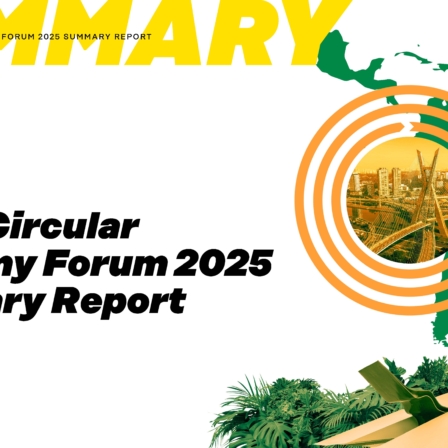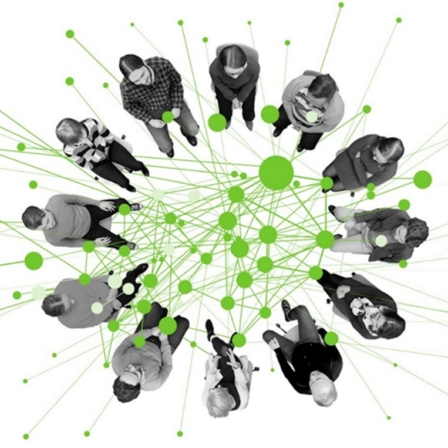The newly launched Continental Circular Economy Action Plan for Africa marks a major milestone in building a shared framework that enables investment, policy alignment, and innovation across the continent.
Africa’s potential to lead in circular innovation is already visible in pioneering examples like M-Kopa, M-Pesa, and the rapid expansion of off-grid solar solutions. The Plan builds on this momentum by providing a reference point that unlocks new opportunities for action and investment across sectors and regions.
The launch of the Action Plan
The African Union (AU) and the European Union (EU) announced the launch of the Continental Circular Economy Action Plan (CEAP) for Africa (2024–2034) on 17 July in Nairobi, in the context of the 2025 African Ministerial Conference on the Environment.
Introduced by Moses Vilakati, AU Commissioner for Agriculture, Rural Development, Blue Economy, and Sustainable Environment, and Jessika Roswall, EU Commissioner Environment, Water Resilience and a Competitive Circular Economy, the Plan is designed to promote circularity in African contexts over the next decade.
A key component of the AU’s Agenda 2063: The Africa We Want, the Plan was developed in close collaboration with the EU. Its sectoral reach is broad: agriculture, packaging, energy, construction, manufacturing, electronics, technology, as well as the fashion and textiles industries. Across all these areas it emphasises circularity’s power to respond to important themes: job creation potential, regional collaboration, and increasing the continent’s climate resilience.
Why is the Plan important?
It’s important to state that Africa already leads the world on circularity. No other continent is as resource efficient. In the industrialised world, for example, people’s material use footprint is some four to five times higher than in Africa.
But as Africa changes, and its population grows, so the rationale for a flourishing circular economy becomes stronger. In just 25 years, in 2050, one in four of the world’s people will be African. The UN Environment Programme estimates that by that point urban Africa will be the second largest global consumer of materials, at 18 billion tonnes annually. And the African Development Bank estimates that only half of the physical infrastructure needed across the continent by 2050 has been built. In this version of the future African economies will only survive and thrive if they are reimagined along circular lines.
It’s also through circularity that African countries can already make their economies more resilient and competitive – and address global power imbalances. They are both the source of many of the world’s raw materials, from the rare-earth metals in our smartphones to the food on our plates. For too long they have also been treated as a dumping ground for the world’s waste products. Circular strategies – for example, minerals-as-a-service, or waste compensation, can help them both capitalise on their natural resources and mobilise the financing that is needed to clean up waste streams.
How Sitra can help
Together with our partner, Enabel, we’re running the newly operational European Union Circular Economy Resource Centre (EU CERC). The Centre has been designed to advance the circular economy worldwide, and to help economies and businesses benefit from the advances being made in circularity by the European Union, its member states and businesses. The CERC’s geographical reach covers the EU’s partner countries, particularly in Africa.
We are available to work with our African and European partners to co-create exciting circular approaches that:
- Shape the policy environment to prioritise circularity
- Promote circularity in EU-partner country trade relations
- Help circular business models succeed over their linear equivalents
- Redesign value chains and systems to be fully circular.
The EU CERC mobilises an extraordinary range of European capabilities to serve EU partner countries’ needs. But our work is collaborative, recognising the two-way flow of knowledge and ideas that are needed to build circular futures. And the forms of support we offer are flexible and varied.
Contact us to find out more!


















Recommended
Have some more.